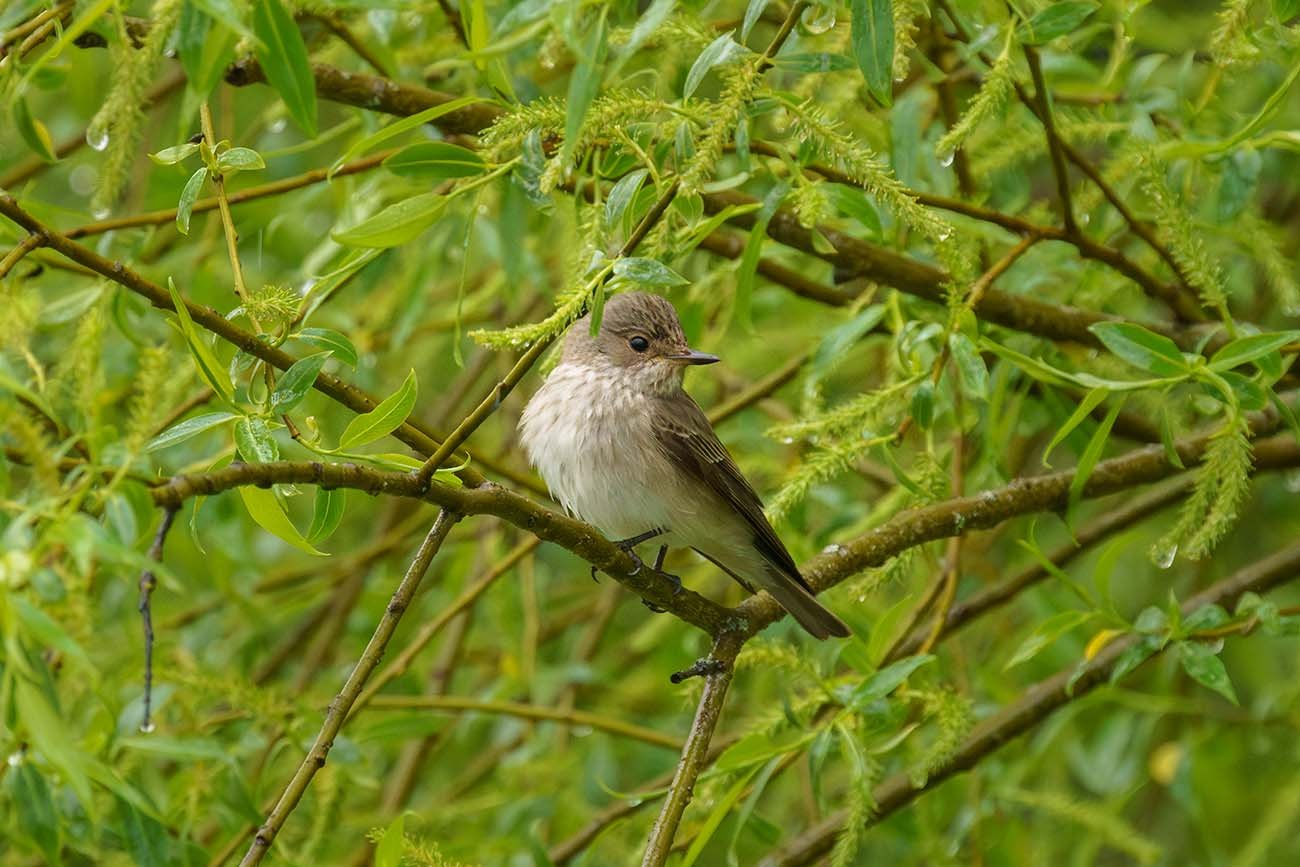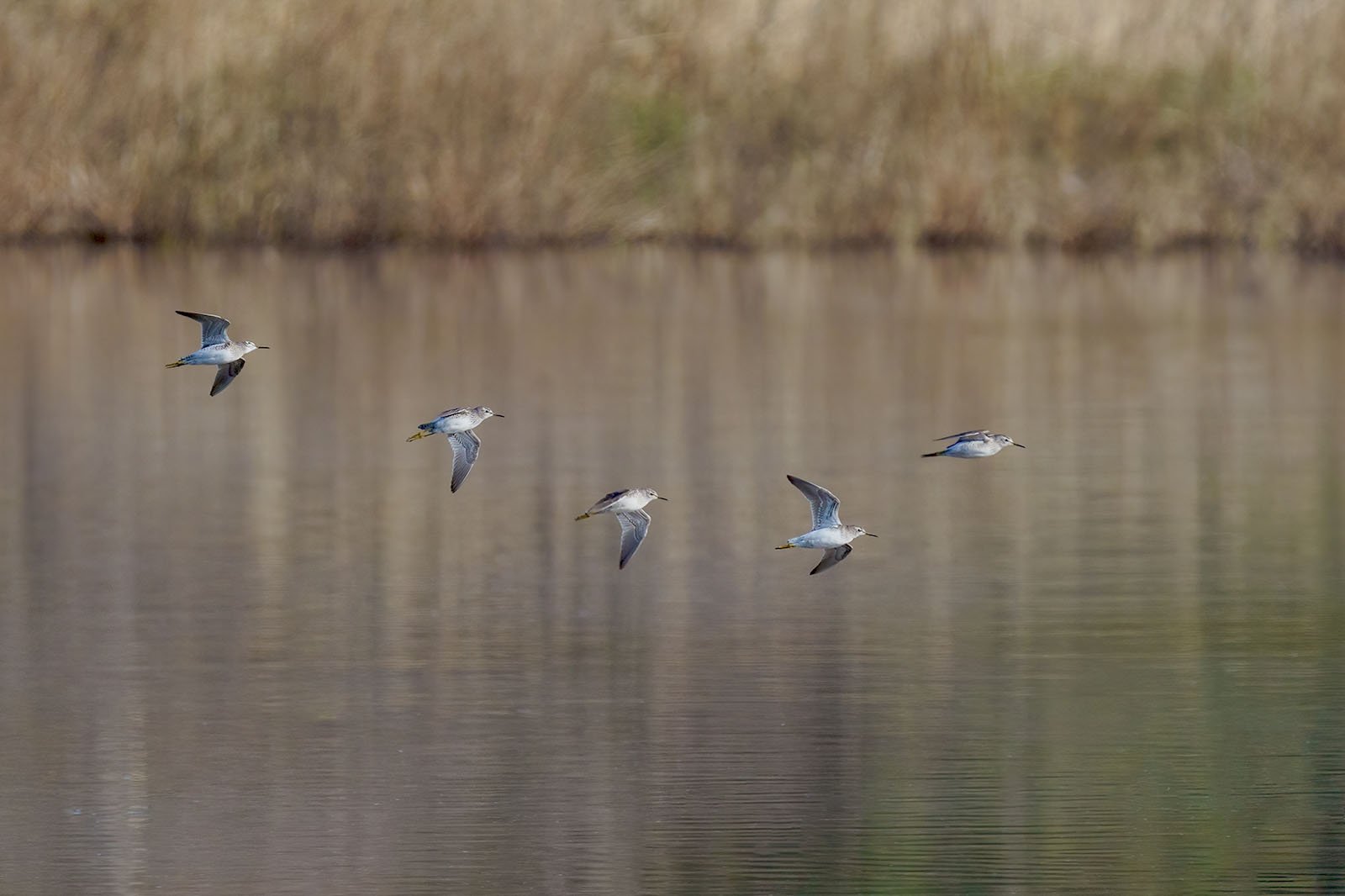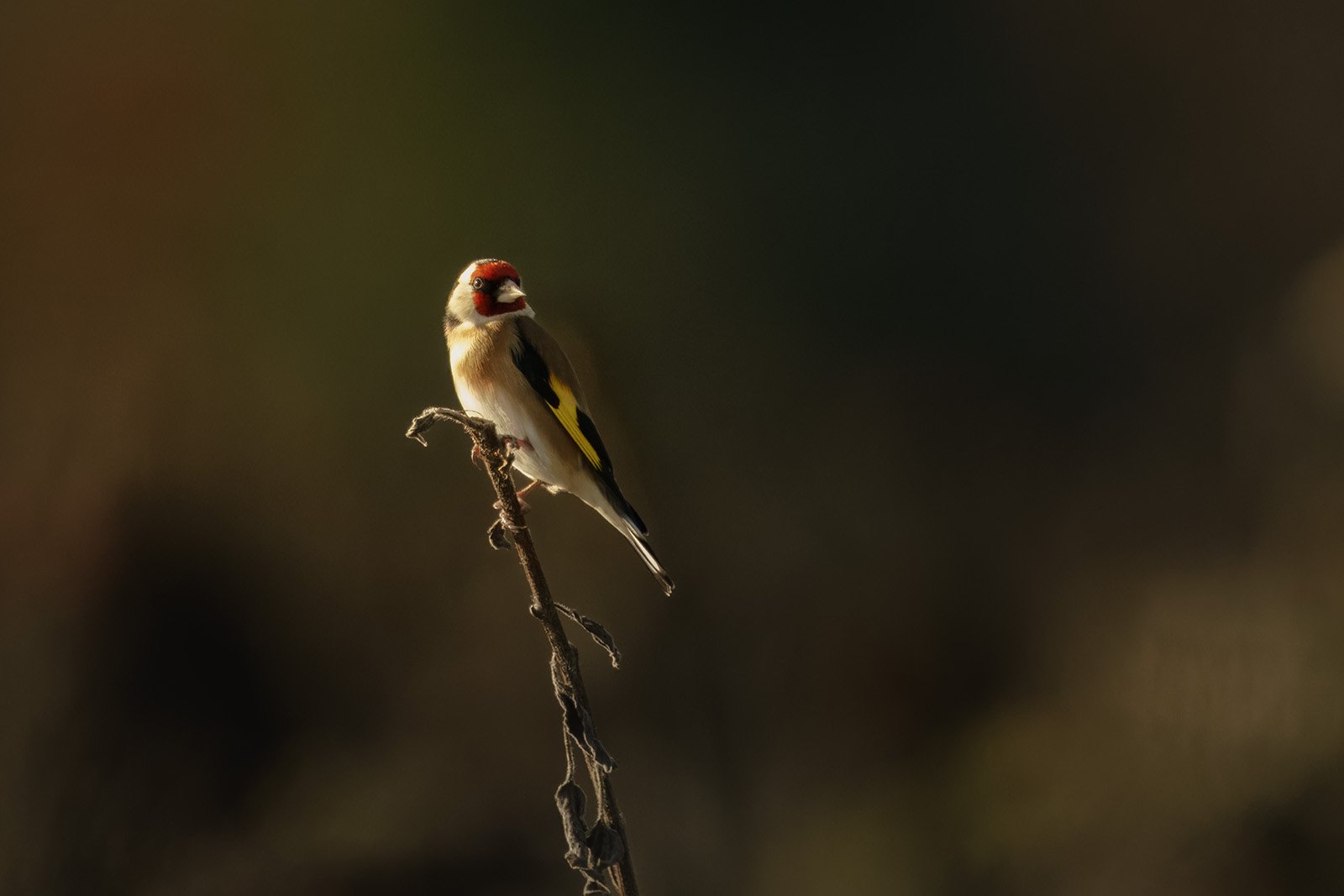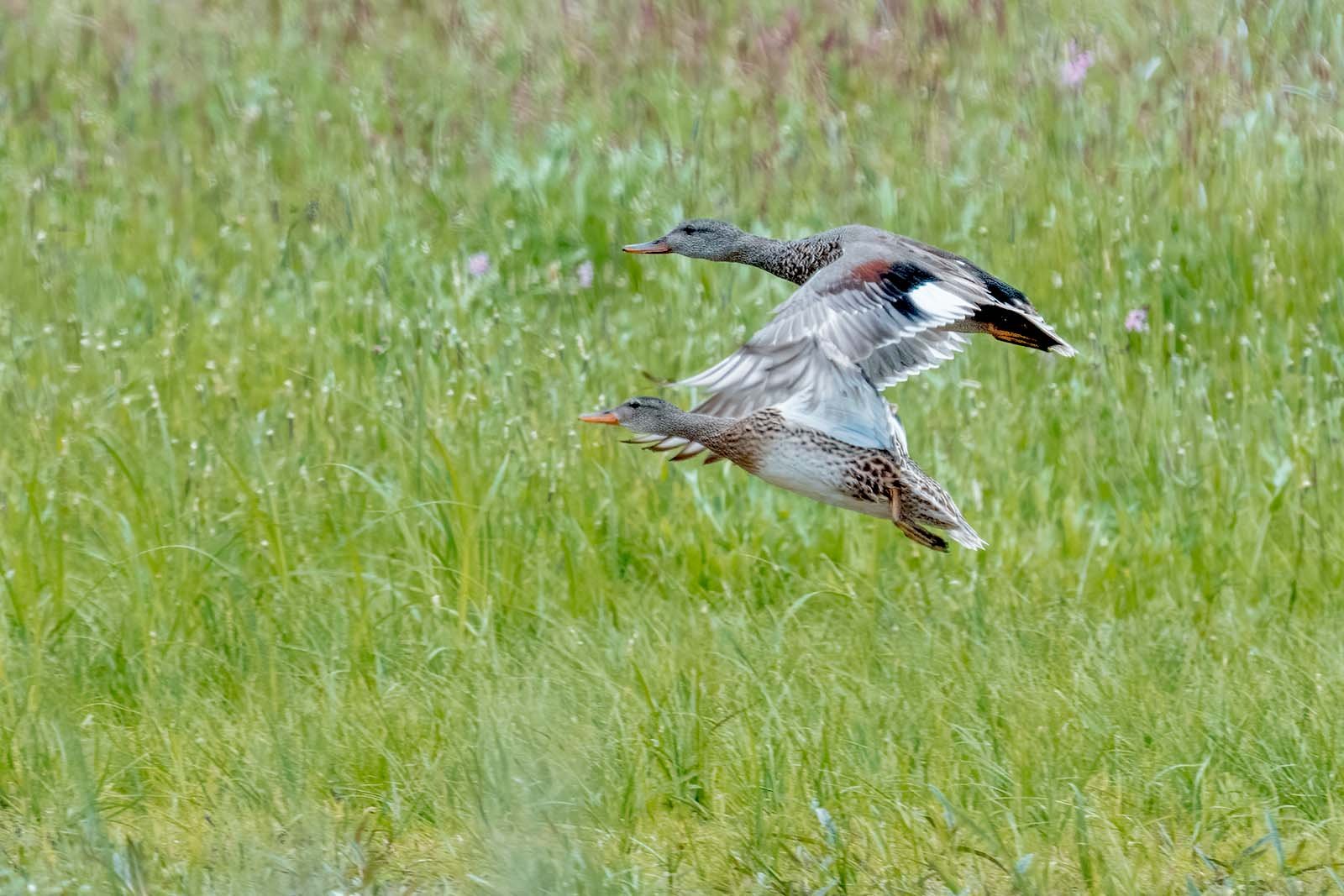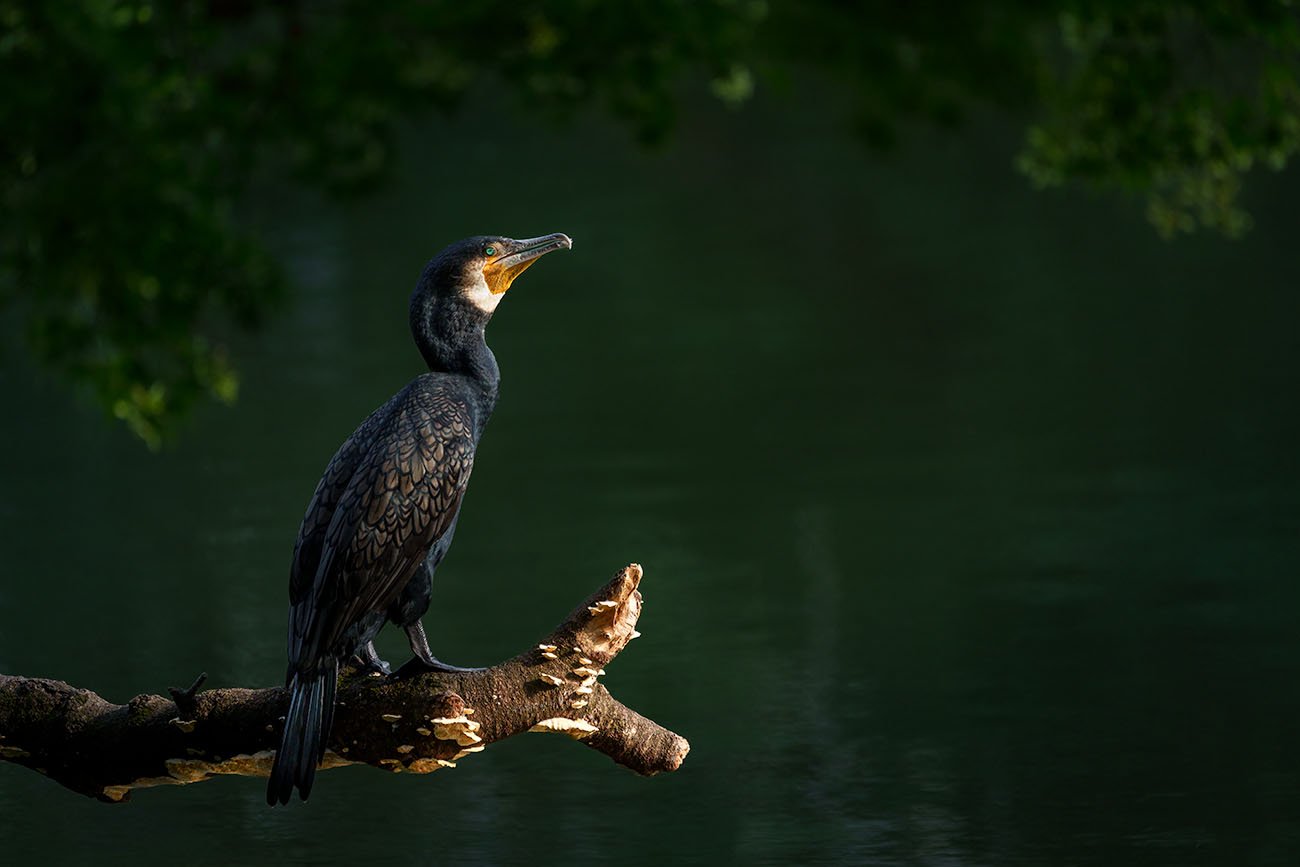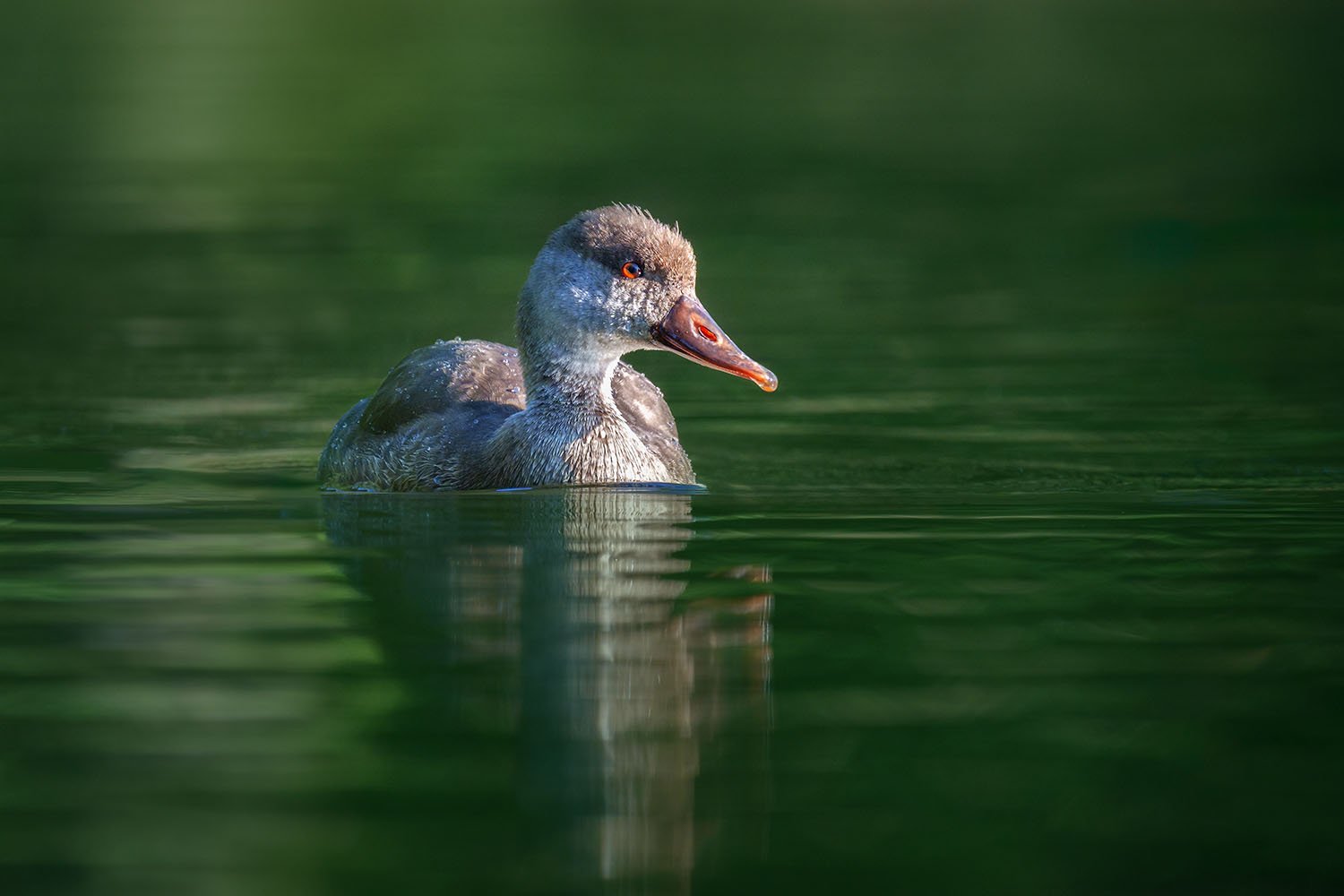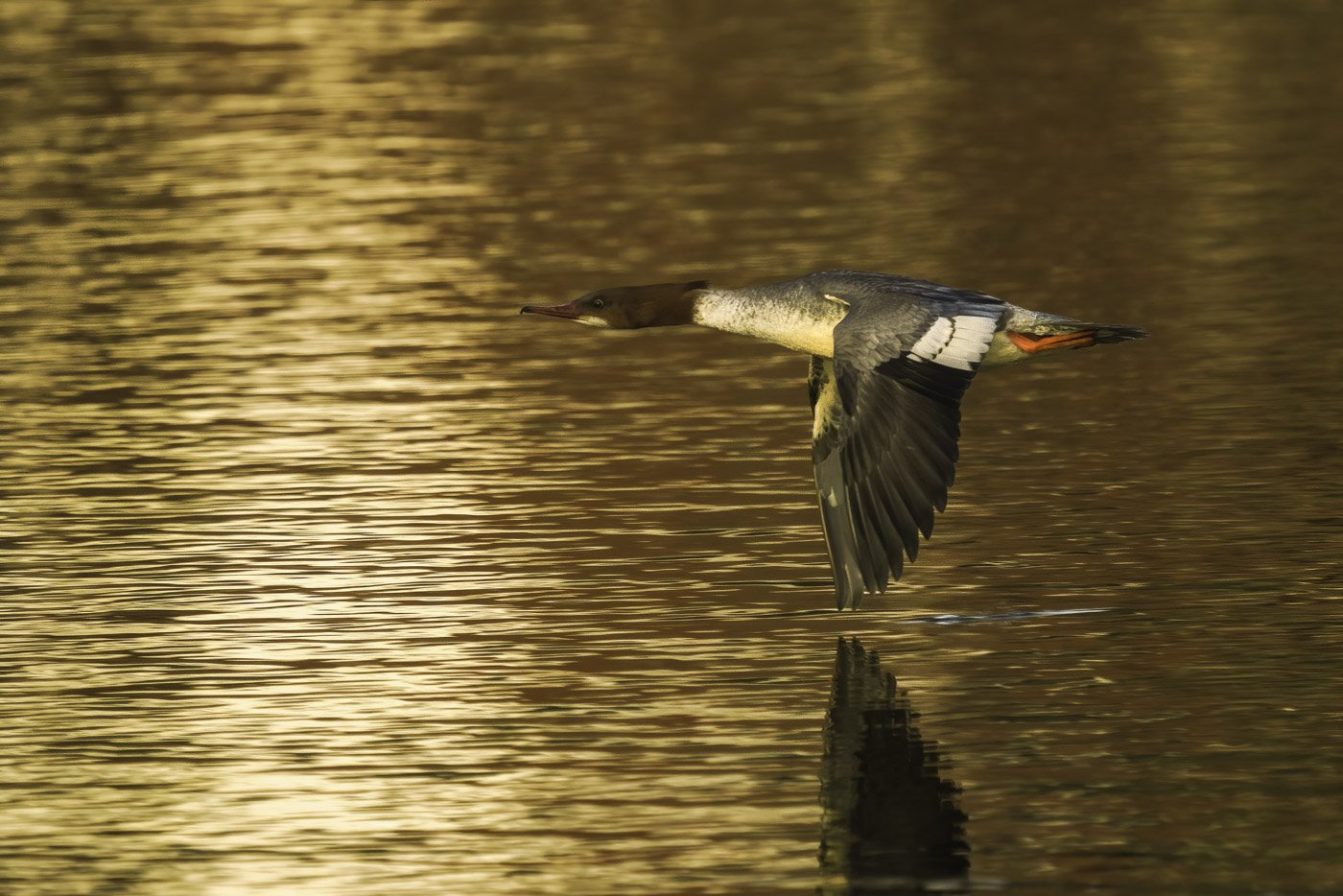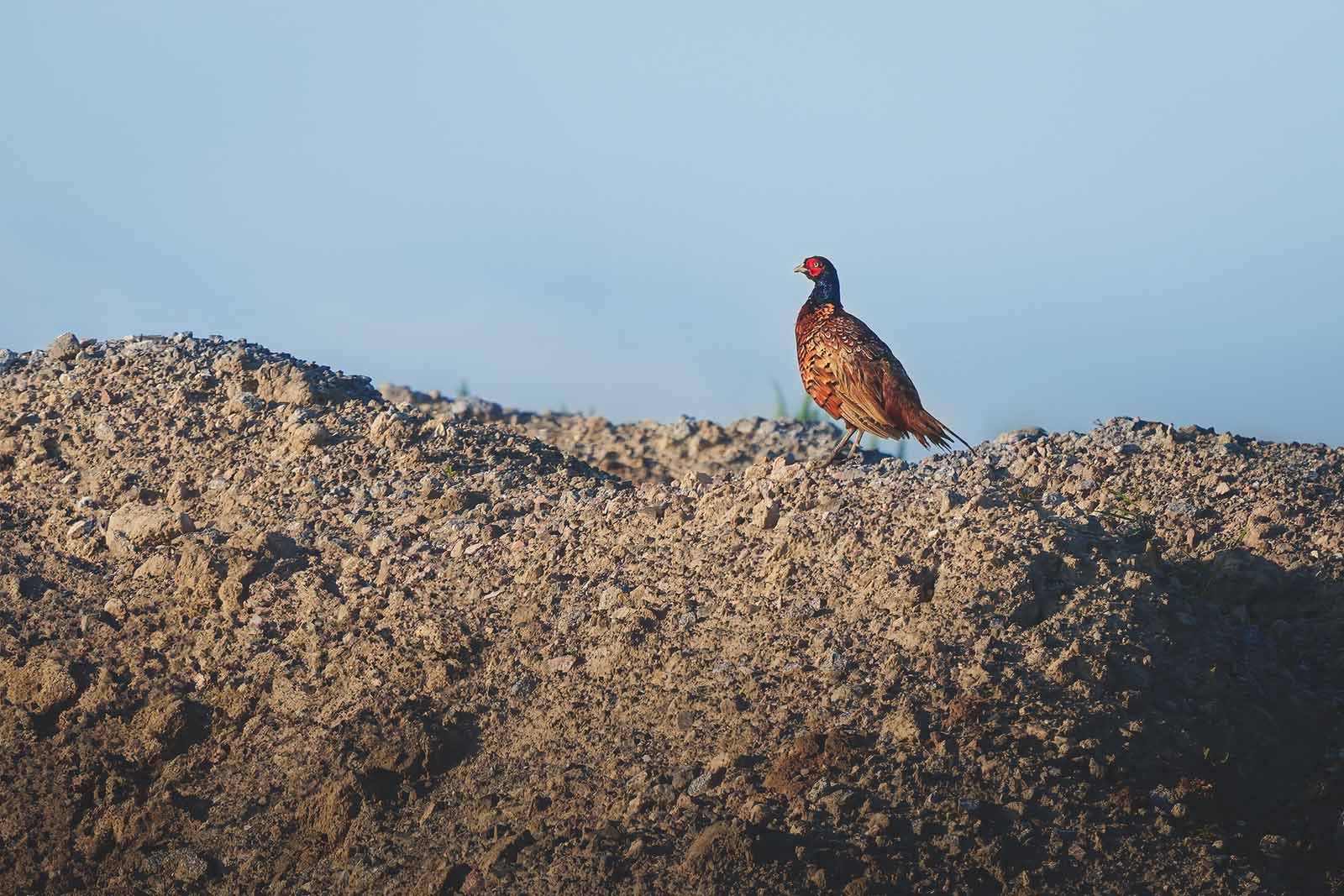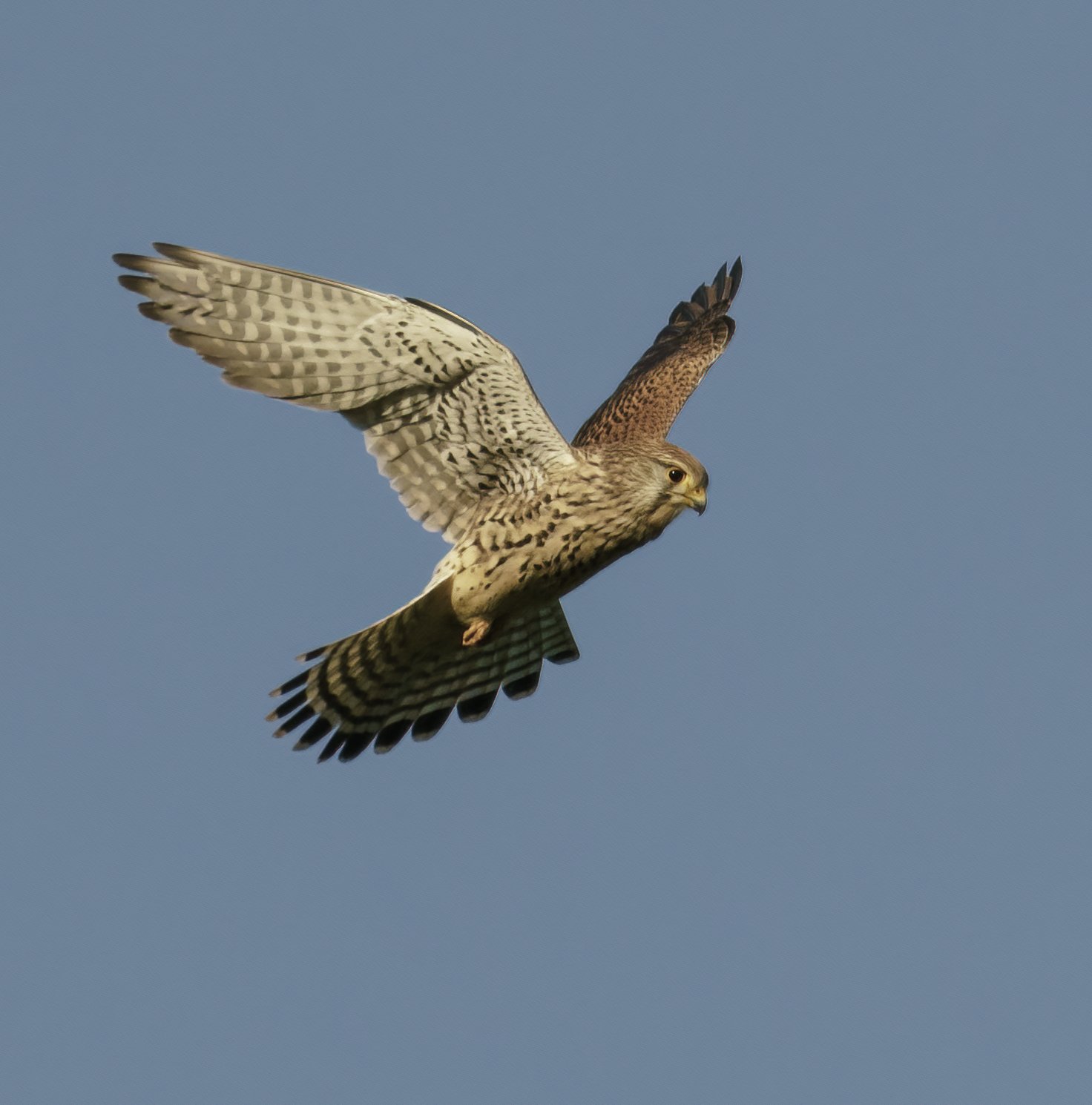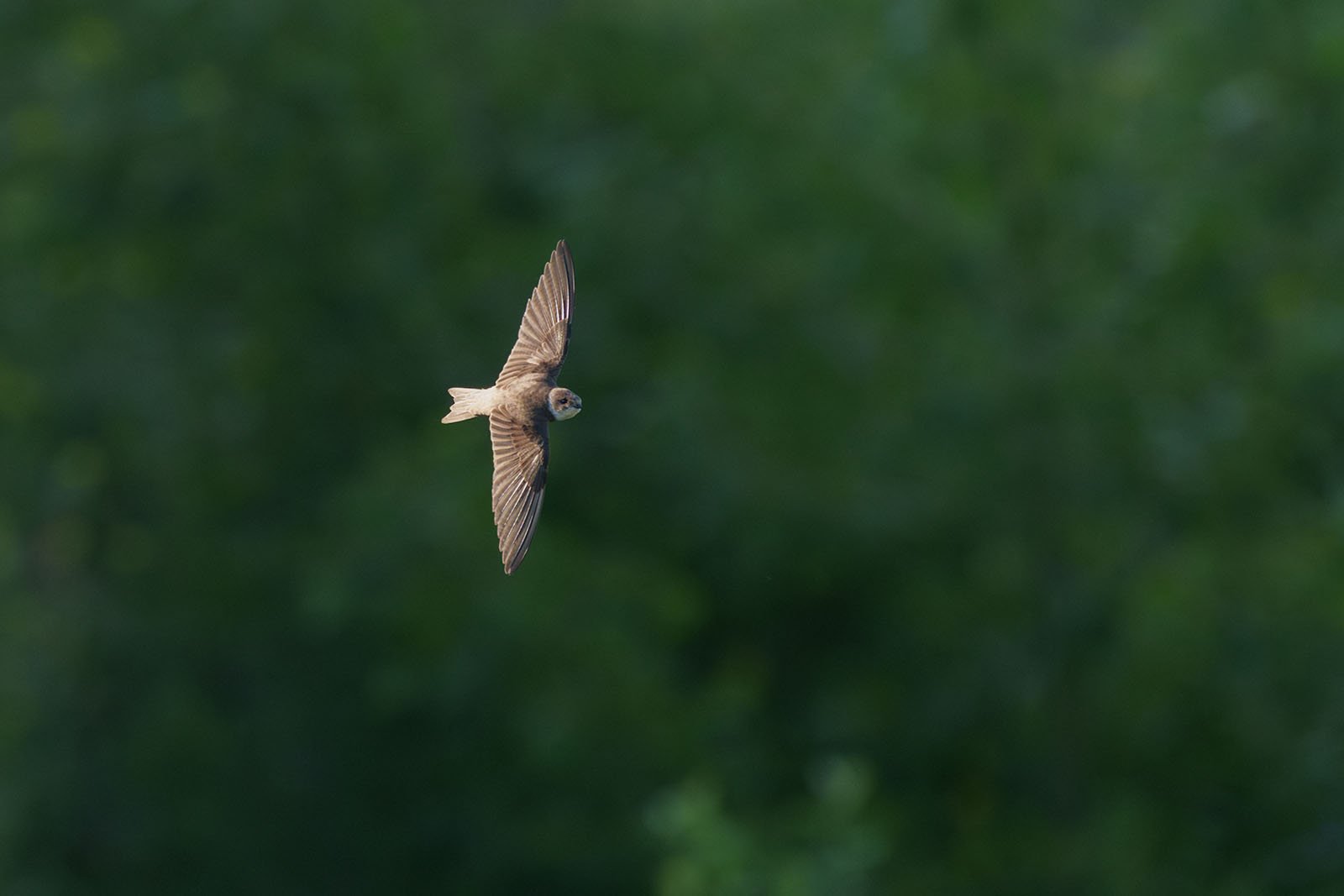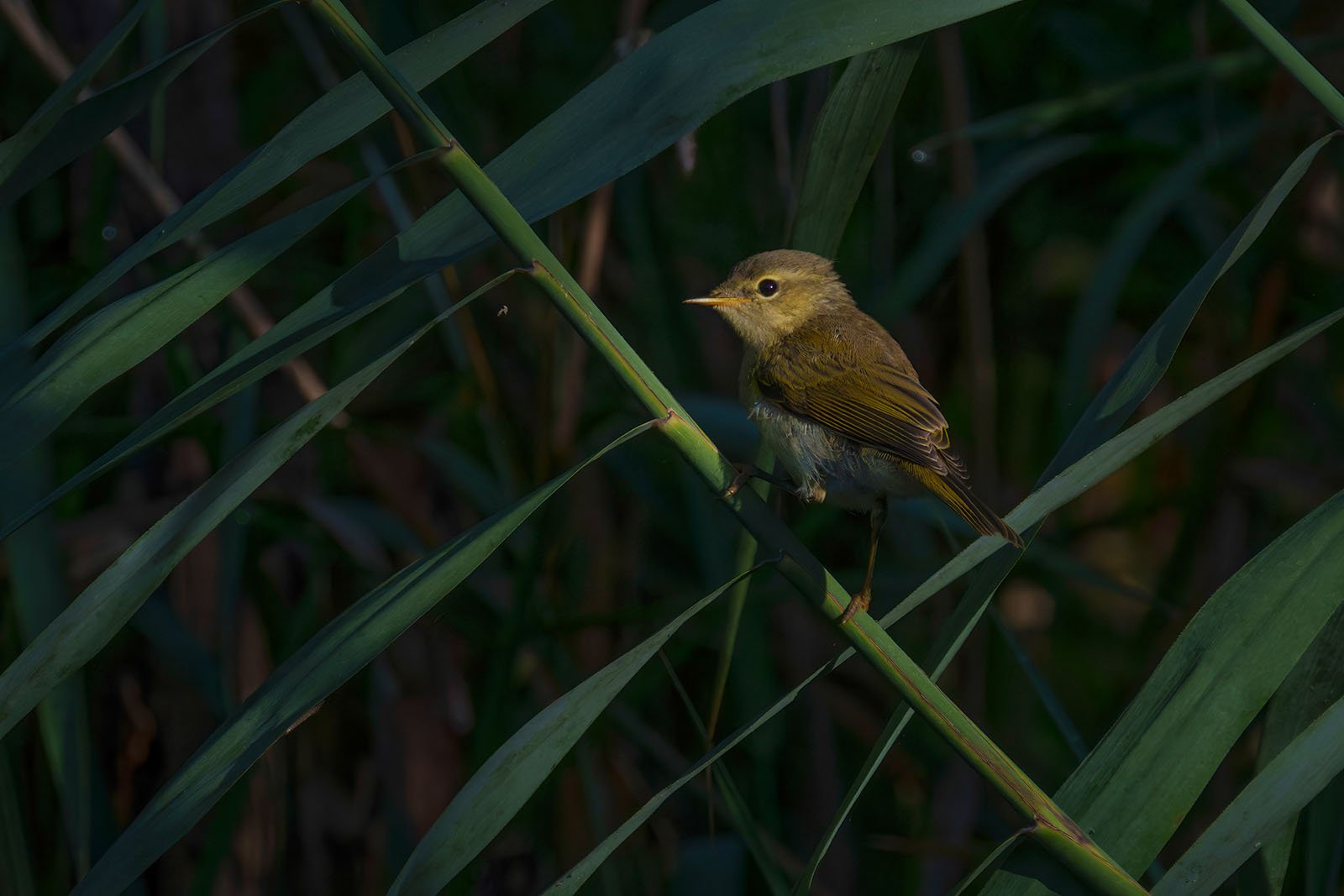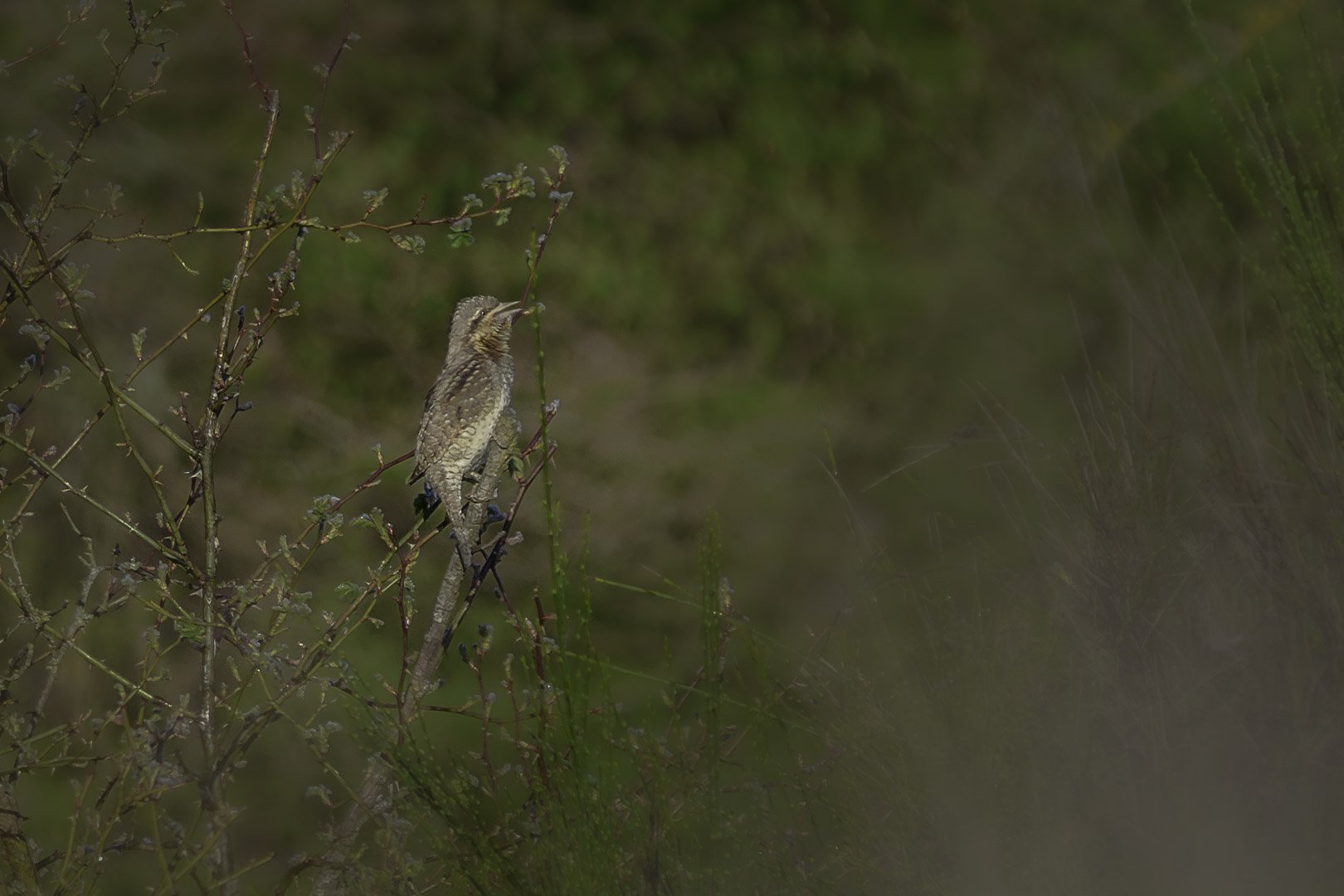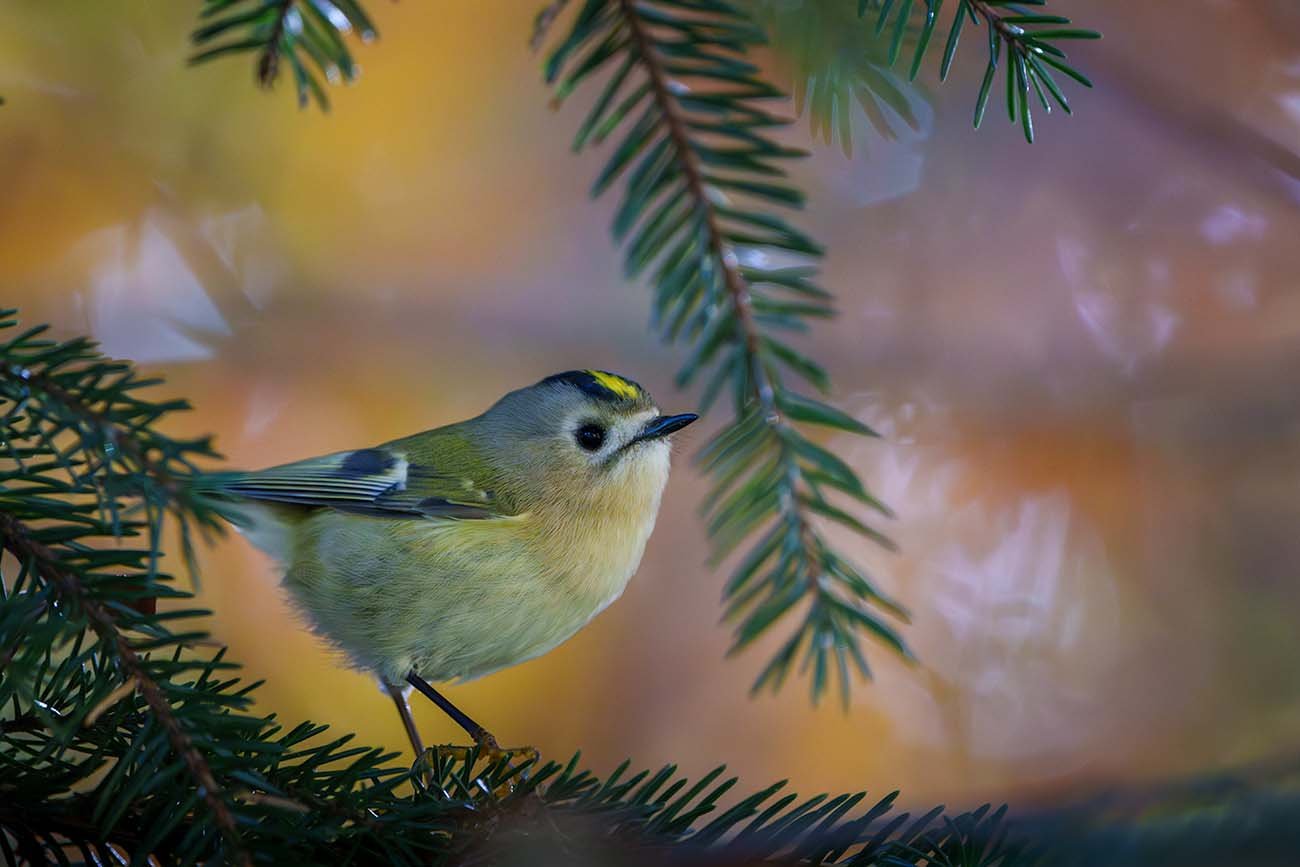Eurasian Collared Dove (Streptopelia decaocto)
Eurasian collared dove (Streptopelia decaocto)
Eurasian Collared Dove – The Elegant Urban Adaptor
The Eurasian Collared Dove, with its beige plumage and black neck ring, is a familiar visitor to cities and gardens. Learn about its habitat, diet, and breeding habits.
Quick Facts
- Size: 31–34 cm, smaller and slimmer than a rock pigeon.
- Plumage: Beige with white underwings and a distinctive black neck ring.
- Habitat: Cities, parks, gardens, and cemeteries – thrives near humans.
- Reproduction: Nests in trees or buildings, typically lays two eggs per clutch.
- Diet: Seeds, grains, green plant parts, fruits, and bread.
Key Data
- Scientific Name: Streptopelia decaocto
- Size: 31–34 cm
- Distribution: Europe, Asia, North Africa
- Habitat: Cities, parks, gardens, and cemeteries
- Distinctive Feature: Black neck ring and white underwings
Table of Contents
- Introduction: The Eurasian Collared Dove and Its Unique Traits
- Characteristics of the Eurasian Collared Dove
- Habitat and Distribution
- Reproduction and Breeding Behavior
- Diet and Lifestyle
- Practical Examples: Observing Collared Doves in Daily Life
- FAQ: Frequently Asked Questions About the Eurasian Collared Dove
1. Introduction: The Eurasian Collared Dove and Its Unique Traits
The Eurasian Collared Dove (Streptopelia decaocto) is a common sight in cities, parks, and gardens. With its slim body, beige plumage, and characteristic black neck ring, it is both elegant and easily recognizable.
This dove has a fascinating history. Originally native to Asia, it spread across Europe in the 20th century and has since become a well-established species. It is now a frequent presence in urban and rural areas, thriving in close proximity to humans and adapting well to modern landscapes.
2. Characteristics of the Eurasian Collared Dove
The Eurasian Collared Dove is easily identified by several distinctive features:
- Size and Build: At 31–34 cm in length, it is smaller and slimmer than a rock pigeon. Its slender body and long tail contribute to its graceful appearance.
- Plumage: Its uniform beige plumage stands out for its light, elegant tone. The white underwings are particularly noticeable in flight.
- Neck Ring: A black semi-collar on the nape of its neck is a key identifying mark, absent in juveniles.
- Head and Eyes: The head is small, with dark eyes and a short, straight bill.
- Legs: Its legs are reddish, adding to its overall harmonious appearance.
The Eurasian Collared Dove's flight style—powerful wingbeats followed by gliding—can sometimes resemble that of a sparrowhawk, but it poses no threat to other birds.
3. Habitat and Distribution
The Eurasian Collared Dove is a typical urban adaptor, thriving in habitats shaped by human activity.
Typical Habitats
- Urban Areas: Common in cities and towns, it often roosts on rooftops, balconies, and building ledges.
- Parks and Gardens: Green spaces in urban and suburban settings provide food and nesting opportunities.
- Rural Areas: Frequently found in orchards, cemeteries, and farmyards.
Distribution
Originally from Asia, the Eurasian Collared Dove expanded into Europe during the 20th century. It is now found in North Africa and parts of North America, benefiting from its adaptability and broad diet.
4. Reproduction and Breeding Behavior
The Eurasian Collared Dove is a prolific breeder, capable of raising multiple broods in a single year.
Nesting and Brooding
- Nest Locations: Nests are built in trees, building niches, roof beams, or even bird feeders.
- Nest Structure: The nest is a loose, simple structure made of twigs.
- Clutch Size: Typically consists of two white eggs.
- Incubation: Eggs are incubated for about 14 days, with both parents sharing the responsibility.
Juvenile Behavior
Young doves leave the nest around two weeks after hatching. Initially unable to fly, they explore their surroundings on foot before developing flight skills.
5. Diet and Lifestyle
The Eurasian Collared Dove is an omnivore with a highly adaptable diet.
Main Diet
- Plant-Based Foods: Seeds, grains, green leaves, and fruits form the bulk of their diet.
- Human Food: They also consume bread and seeds provided at feeders.
Foraging primarily on the ground, the Eurasian Collared Dove often benefits from food sources in urban parks and gardens, which contribute to its success as a species.
6. Practical Examples: Observing Collared Doves in Daily Life
The Eurasian Collared Dove is one of the few bird species you’re likely to encounter regularly. In urban areas, it’s a common sight in parks, cemeteries, and on rooftops.
Observation Tips
In cities, look for Eurasian Collared Doves perched on rooftops, fences, or telephone wires. At bird feeders, they can often be seen eating alongside sparrows and finches. During spring and summer, you might spot them building nests or raising chicks.
7. FAQ: Frequently Asked Questions About the Eurasian Collared Dove
1. How does the Eurasian Collared Dove differ from other doves?
It is smaller and slimmer than a rock pigeon, with uniform beige plumage and a distinctive black neck ring.
2. Where does the Eurasian Collared Dove live?
It inhabits urban and rural areas, often near parks, gardens, orchards, and buildings.
3. What does the Eurasian Collared Dove eat?
Its diet includes seeds, grains, green plants, fruits, and human-provided foods like bread.
4. When does the Eurasian Collared Dove breed?
It breeds multiple times per year, with clutches of two eggs incubated over 14 days.
5. Is the Eurasian Collared Dove endangered?
No, it is not endangered. Its adaptability has allowed it to thrive in many parts of the world.
The Eurasian Collared Dove is a fascinating example of a bird species that has successfully adapted to human environments. Its gentle cooing and elegant appearance make it a delightful addition to cities, gardens, and countryside landscapes.


